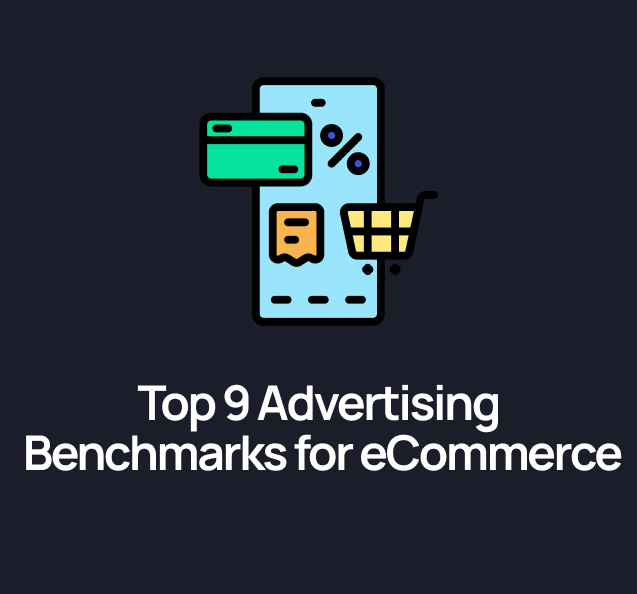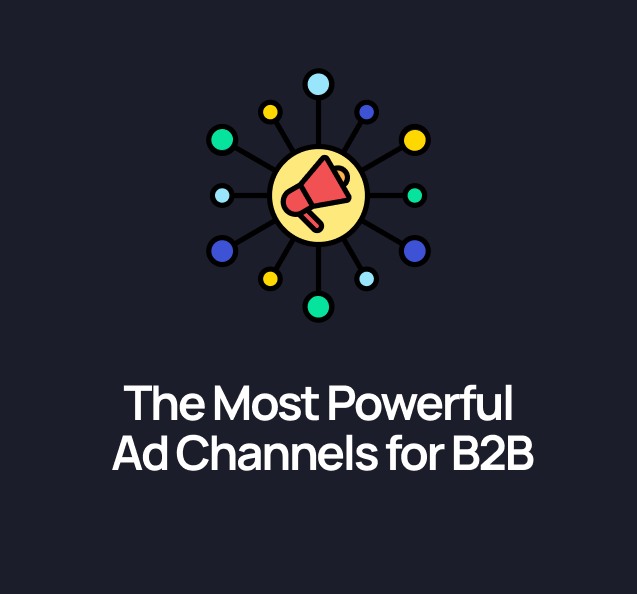Freemium is the gateway drug of SaaS digital marketing acquisition. It promises fast user growth, a product-led flywheel, and a sales team that can finally stop cold-calling everyone on LinkedIn.
But while freemium has worked wonders for some SaaS companies, it’s also left plenty in the “lots of users, no revenue” club.
In this post, we’ll break down how freemium actually works, when it works well, and when you should steer clear. We’ll also look at some familiar SaaS marketing teams who’ve tried (and tweaked) freemium to fit their model — including one of the poster children of product-led growth: Notion(which we’ve broken down in more detail over here).
What Is a Freemium Model, Really?
Freemium = part free, part paid.
It gives users a way to try your product (or a stripped-down version of it) for free, with the hope that usage leads to upgrades.
There are a few common ways to do this:
- Feature-gated: Free plan offers core tools, advanced features require payment (e.g. Mailchimp)
- Usage-gated: Everything’s available, but limited by storage/seats/time (e.g. Dropbox)
- Support-gated: Free users get the product, but minimal support. Paid users get more hand-holding (e.g. HubSpot)
Freemium is not the same as a free trial — the latter has an end date. Freemium can go on forever… which is either brilliant or terrifying, depending on your business model.
When Freemium Works
It’s not magic. It’s math. Freemium works best when:
- You’ve got a sticky product — it solves a pain point people encounter regularly.
- There’s a clear value upgrade — the free version is useful, but the paid version clearly saves time/money or unlocks new use cases.
- Your user base includes internal champions — the kind who’ll bring it into their team or org when they move jobs.
- You have a large addressable market — because only a small % will ever convert to paying.
📌 Examples:
- Canva grew by letting millions of users design for free — then charged for teams, assets, and brand kits.
- Calendly let people book meetings free — but charged if you wanted automation, integrations, or round-robin routing.
- Notion made it free for individuals, then monetised when teams started collaborating — we unpack that strategy in more depth here.
When It Doesn’t
If your product needs heavy onboarding, long sales cycles, or high support costs, freemium might bury you in free users without ever converting them.
Freemium also fails when:
- You haven’t figured out your ideal customer yet
- Your free tier is too generous — no incentive to upgrade
- Your paid tier lacks a compelling reason to exist
- Support gets stretched serving non-paying users
🚫 Example misfire: Evernote famously struggled with converting free users to paid ones, partly because the free version did too much, and partly because the paid version didn’t feel meaningfully better.
How to Know If Freemium Is Right for You
Before you launch a freemium plan, ask yourself:
- Can we handle 10x more users from a support and infra POV?
- Do free users create long-term value (through data, virality, advocacy)?
- Will the paid features sell themselves with in-product nudges?
- Is our conversion funnel predictable and scalable?
If you're hoping a free plan will suddenly flood you with high-intent leads... it won’t. Freemium needs work: onboarding, upgrade nudges, pricing experiments, and patience.
Final Thought
Freemium isn’t a silver bullet. But when your product’s great, your market is big, and your upgrade path is clear — it can fuel fast, efficient growth without relying on big paid ad budgets.
Just make sure you’ve got a plan to turn free users into paid ones — or you’re just building someone else’s product habit… for free.

.svg)
.png)







.svg)
